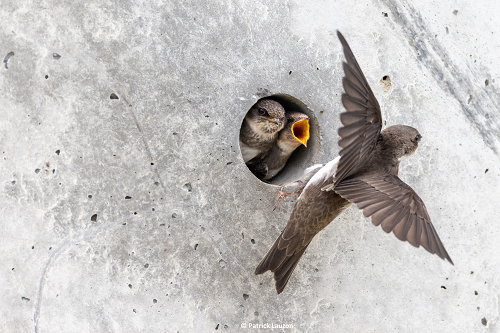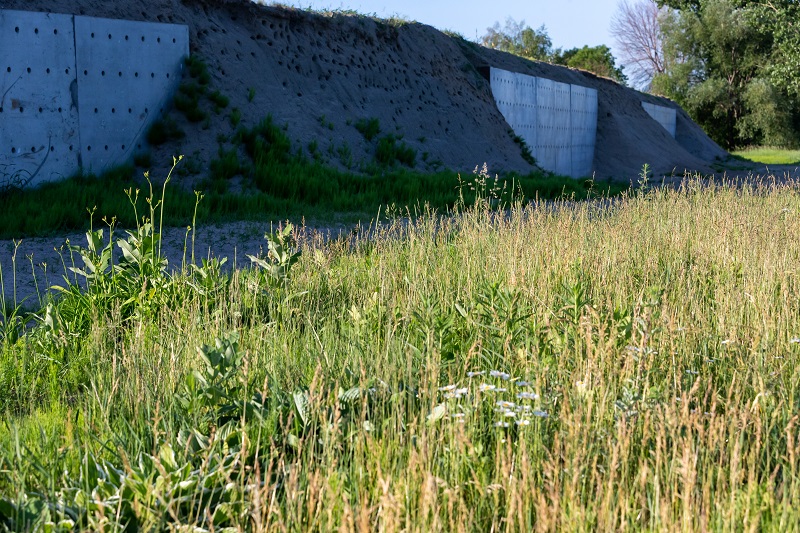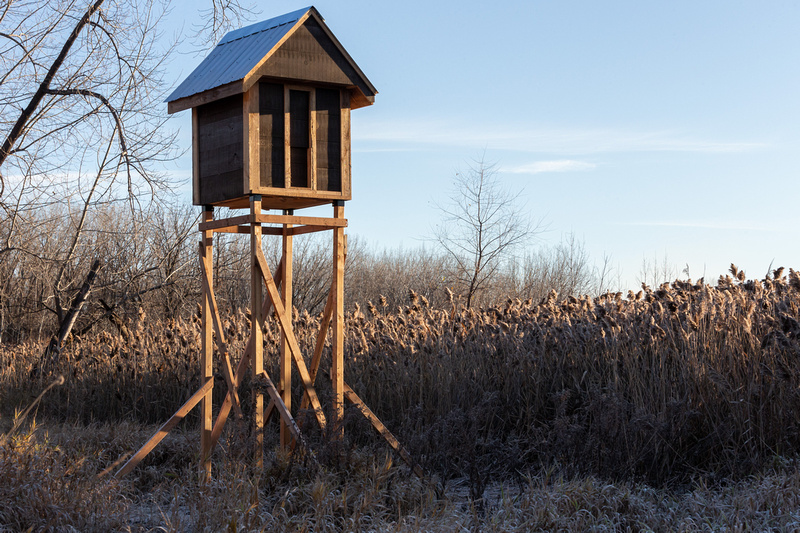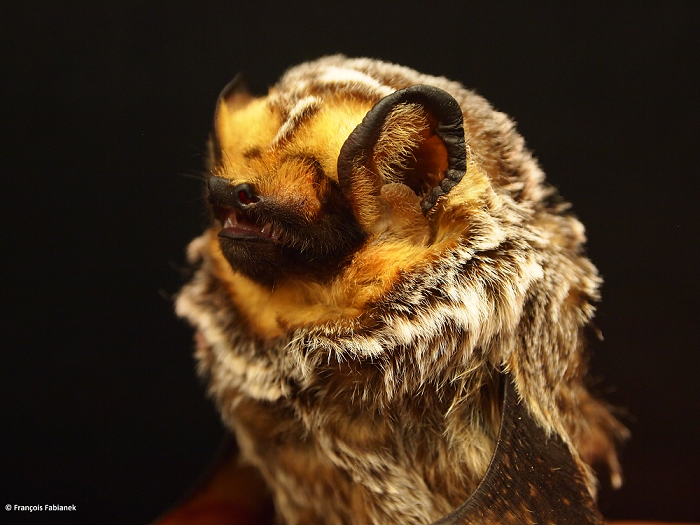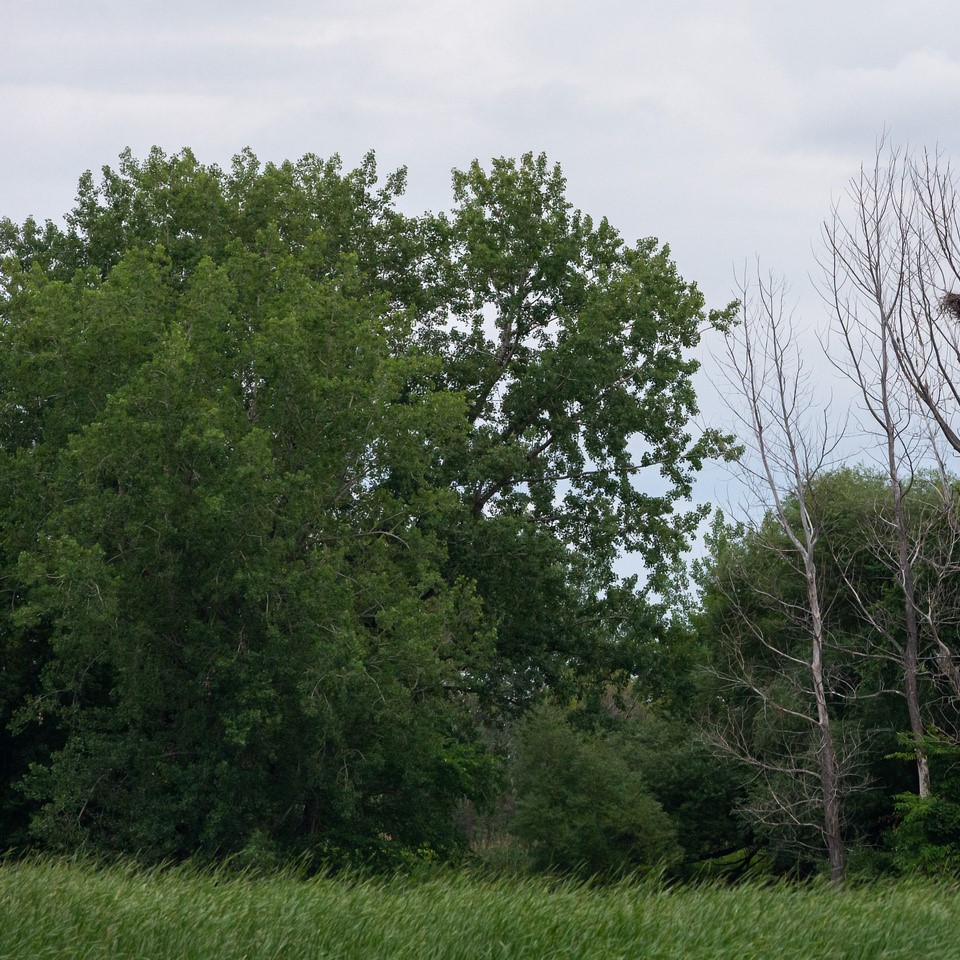
Environmental management
The new container terminal project at Contrecœur has undergone a rigorous environmental assessment process.
Since 2014, the Port of Montreal has led the responsible planning of this major project, in collaboration with its stakeholders, including First Nations.
Our objective remains the same: to develop a container terminal project that is innovative and environmentally responsible.
“Our project is strategically located in Contrecœur, and we’re clearly committed on a modern environmental project.”
— Paul Bird, Chief Commercial Officer
Regulated and responsible port development
In March 2021, the Port of Montreal received a Decision Statement from the Minister of Environment and Climate Change of Canada in favour of the Contrecœur project. The Decision Statement sets out some 387 implementation conditions, which cover environmental and social issues, and which often require consultations with federal and provincial authorities as well as with First Nations. Many of these obligations stem from commitments made by the Port of Montreal aimed at consolidating the new terminal’s sustainability approach.
Did you know? Compliance with the implementation conditions set out in the Decision Statement in favour of the project is overseen by the Impact Assessment Agency of Canada (IAAC) and its enforcement officers. Among other things, the IAAC’s officers carry out site inspections and investigations to ensure that the project implementation conditions are complied with and put into effect. To learn more, visit the IAAC’s website.
Monitoring Programs and Compensation Plans
The environmental aspect of the Contrecœur project is in constant progress. Various mitigation measures, monitoring programs and compensation plans are being planned in the context of the project. Some of them were put in place prior to the commencement of construction of the new terminal and are already being monitored by our teams. Over the past few years, the Port of Montreal has been busy planning several environmental measures in collaboration with federal and provincial authorities. We are drawing on our people’s unique expertise, supported by our collaborators, scientific partners and First Nations experts, who are committed to the planning and implementation of these measures.
No less than 24 monitoring programs are being planned to ensure the effectiveness of environmental measures, and, if necessary, to correct them. In addition, 7 compensation plans have been implemented or will be implemented in the near future. In some cases, the implementation of these compensation plans began more than 10 years ago.
The First Nations concerned by the project are consulted and participate in the planning and implementation of several monitoring programs and/or compensation plans. These First Nations, important partners in the project, include the Mohawk Council of Kahnawà:ke, W8banaki and Wendake.
LIST OF COMPENSATION PLANS AND MONITORING PROGRAMS
For more information, please refer to the documentation section where certain monitoring program and compensation plans are available. This section is updated regularly.
The bank swallow is a protected species in Canada. To protect the bank swallow’s habitat, the MPA constructed six artificial nest boxes out of concrete and sand at Contrecœur in 2019 and 2020, with 1,200 burrows available for nesting. The swallows quickly occupied the nest boxes provided. Would you like to learn more about our nest boxes? Find out more here. (French only)Bank swallows
Western chorus frog
The western chorus frog is a protected species in Canada. The species is rare in southern Quebec and its population numbers are currently low. Habitat avoidance measures for the western chorus frog were incorporated into the planning phase of the container terminal project to reduce pressures on its habitat. Although the terminal facilities will be located outside the frog’s habitat area, mitigation measures will be put in place to reduce the cumulative effects associated with development in proximity to its habitat. These measures include setting up diversionary fencing for the frog during construction of the terminal, along with buffer zones in strategic locations.
The Contrecœur project site is frequented by various species of bats. The status of some of these species is vulnerable. Feeding primarily on nocturnal arachnids and insects, bats are particularly fond of habitats located along woodland trails, forest edges and wetlands. To meet their resting and reproduction needs, three bat condominiums were built in 2021 in the vicinity of the new terminal. Acoustic monitoring and maintenance are carried out to document how the condos are used. Bats
Forest habitats
Wetlands
The development of three permanent marshes is being considered on the Port of Montreal lands in Contrecœur to compensate for the wetlands affected by the construction of the port terminal. The future marshes will fulfill several ecological functions, including pollution control, biodiversity conservation and landscape quality.
Copper redhorse
The copper redhorse is a fish endemic to Quebec. The species spawns in the Richelieu River. Once it reaches adulthood, it feeds in aquatic grass beds in the St. Lawrence River and Lake Saint-Pierre. The new container terminal will encroach on part of the adult copper redhorse’s feeding grounds. The Port of Montreal is planning a number of measures to offset this residual impact, in collaboration with various partner organizations. Examples of current, upcoming or already completed initiatives include:
- Planting seagrass beds and protective structures
- A literature review to improve knowledge of the copper redhorse;
- A program designed to raise river users’ awareness of recreational boating best practices;
- A project to improve water quality in a subwatershed of the Richelieu River, targeting a known copper redhorse breeding site, in collaboration with the Fédération de l'Union des producteurs agricoles de la Montérégie (UPA)
Want to know more about this project? Find out more here (French only).
Aiming for Net-zero
The Contrecœur expansion project includes various technical measures designed to ensure access to carbon-neutral facilities as soon as the new terminal begins operation. Our long-term goal is to operate an emissions-free container terminal. Among these initiatives, the use of electrical port equipment and wharf electrification will serve to reduce greenhouse gas emissions. Additional details on priority measures will be shared in the coming months. In addition to applying Green Marine’s performance indicators, the Contrecœur project is seeking to obtain Envision certification. The Institute for Sustainable Infrastructure established this system for recognizing sustainable infrastructure development. Envision provides a framework for assessing sustainability and resilience in major infrastructure projects. Learn more about Envision
Environmental Benefits of Technology
The Port of Montreal lies at the heart of innovation. In 2018, we teamed up with Centech, a technology incubator affiliated with Montreal’s École de technologie supérieure (ETS). Together, we created North America’s very first port innovation accelerator. Centech’s Collision Lab X explores four pillars of innovation: logistics chain visibility and goods mobility; cybersecurity; process improvements and agility; and logistics chain decarbonization.
A recognized technology partner Centech is ranked among the top 10 high-performance university business incubators worldwide. LEARN MORE IN THIS ARTICLE

